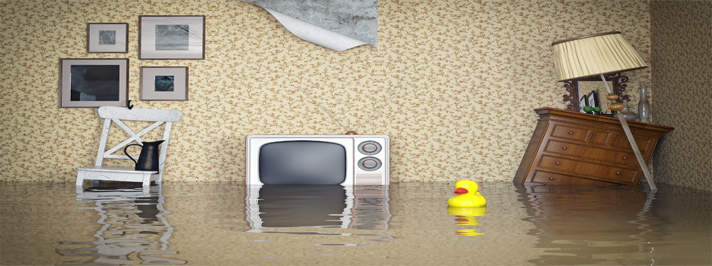Millions of Americans will be traveling this holiday season, and if it’s anything like previous years, a lot of that travel will be on the road. Last year, AAA estimated that more than 100 million Americans were planning a trip of more than 50 miles during the holidays and that was just between Dec. 23 and Jan. 1.
Of course, winter weather creates a unique set of challenges on local roadways, too. So even if you’re not headed out of town, these safety tips can help you make it through the season safely.
Make sure your car is ready
Before winter arrives, and before any long trip, give your car a thorough check-up. Do wipers need to be replaced? Are your fluid levels where they should be? How are the radiator and cooling system?
If you live in an area (or visit one often) where temperatures regularly drop below 45 degrees, it’s a good idea to get a set of winter tires-they’re better suited for the cold than all-season tires, because they’re designed to provide the best traction and handling in ice and snow. Whatever you’re driving on, however, make sure your tires are inflated properly and that they have enough tread.
Your car should have an emergency kit, too. Pack it with jumper cables, blankets, a first-aid kit, flares, food and water, a flashlight, and other safety gear. A shovel and cat litter or sand are nice to have as well; they can provide traction should you get stuck.
Before you leave
If you’re going on a trip, make sure you check weather conditions along your route and take printed maps-you might not always have cell reception. Let someone know your itinerary so that if you don’t arrive on time, officials know where to look for you.
Every time you drive somewhere, even if it’s just a quick trip to the store, clear snow and ice off your car; it can be a hazard to other drivers. And don’t forget to clear your headlights and other lights.
When you’re on the road
Are roads snowy or icy? Take it slow. Take it slow. Take it slow. Give yourself extra time to get to your destination, and make sure you leave extra room between your vehicle and others. Watch for ice patches on bridges, overpasses, and shady spots. And remember, having four-wheel or all-wheel drive does not mean your car will stop (or steer) better on ice.
If you’re caught in a storm that seems like it’s too much for you to handle, seek refuge as soon as you can. Sometimes it’s best not to drive in snow and ice at all if it looks bad out there, stay home if possible.
If your vehicle becomes disabled or you get in an accident
Car trouble and accidents affect thousands of people every winter. If your vehicle is disabled, be sure to stay with it. Run your engine and heater for short intervals, and open one of your windows slightly to prevent carbon monoxide build-up. Light two flares (remember that vehicle emergency kit? Now’s the time to use it) and place one a safe distance from both the front and rear of your vehicle. Note your location with mileposts, exit numbers or cross streets and call the authorities or a tow truck.
If you’re in a crash, be careful-the aftermath of a car accident can be dangerous, especially in winter when visibility might be reduced and conditions might be slick. Check everyone involved for injuries and call 911 if necessary. After minor accidents, have everyone pull well off the road. Put out flares and turn on your hazard lights.
When you can’t move your car, stay inside unless traffic is completely clear. It’s far better for another vehicle to hit your car, even with you in it, than to hit you directly.
Wherever you may be headed this winter, we hope you enjoy the season with friends and family. Here’s to a healthy and happy holiday!
Source: https://www.safeco.com/blog/safe-winter-driving







 There is nothing more stunning than seeing a classic car rolling down the road. If you are a proud classic car owner you want to do everything you can to protect your investment. You keep it clean and well maintained, but do you have the proper insurance for your beloved classic?
There is nothing more stunning than seeing a classic car rolling down the road. If you are a proud classic car owner you want to do everything you can to protect your investment. You keep it clean and well maintained, but do you have the proper insurance for your beloved classic? How do you know if your car is eligible for collector car insurance? Insurance companies require that a collectible car not be used as a primary driving vehicle. Insurance companies will also place a maximum annual mileage restriction. This restriction can vary from state to state, but generally the mileage cannot exceed 7,500 miles per year. You can only use your classic vehicle for pleasure driving or a hobby activity such as participating in a parade or attending a classic car show.
How do you know if your car is eligible for collector car insurance? Insurance companies require that a collectible car not be used as a primary driving vehicle. Insurance companies will also place a maximum annual mileage restriction. This restriction can vary from state to state, but generally the mileage cannot exceed 7,500 miles per year. You can only use your classic vehicle for pleasure driving or a hobby activity such as participating in a parade or attending a classic car show.